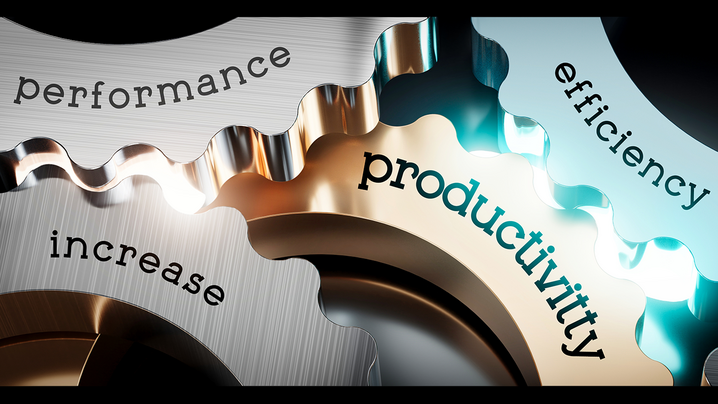
Aristotle said, “Change in all things is sweet.” From some perspectives, that may be true, but if you’ve ever experienced periods of big transformation or massive and disruptive change, you may very well take issue with Aristotle’s fervor in explaining it with such palatability.
In business and in life, even change brought about by a leader with a clear vision and proper planning can be fraught with risk and challenge. It’s for this reason that most efforts to bring about a new order of things fail. The odds of success are usually worse than the odds of failure. As David Pottruck, a former chief executive officer at Charles Schwab, said, when it comes to change, “the deck is stacked against you.”
Regardless of the odds, most actions you take as a leader are in an effort to change the status quo to something better; take a bad situation and stabilize it or take a good situation and make it even better. This effort of continual change is necessary for anyone or any team, organization, or community hoping to keep pace in an increasingly competitive and complex world that is constantly changing. Nothing and no one survives, let alone realizes mild achievement or especially great success, without vision, preparation, and action to change. Business author Alan Deutschman reminded us of this fact, noting our option to either “Change or Die,” which was the title of his FastCompany article. Grim, but true.
Change is hard. Even when options are limited, to change takes mindset, willingness, and work to overcome resistance. If individual and cultural resistances to change are greater than the compelling vision of the future and how to get there, the change will fail. The truth is, if there’s limited dissatisfaction in the current state of things, lackluster vision of a possible future state, and ambiguous or overly zealous steps to get there, cultural and human resistance will overcome the effort to realize the envisioned change every time.
In addition to making sure there’s sufficient dissatisfaction in the current state, clarity in the vision of the future state, and proper preparation in the planned steps to get there, leaders can also increase their probability of success by ensuring their actions don’t outpace the readiness of their teams or enterprise of employees. Because any effort to realize a vision likely requires people to operate on the fringe of their capability and bring about new ways of performance and behaving, the best leaders know not to go too far beyond that fringe too quickly; otherwise, they end up in the fear zone, which will fuel significant resistance and freeze any action or momentum toward change.
As you go about any aspect of change, you’ve got to make sure the path of change is aligned with a readiness to change. Any time you get change ahead of your employees’ readiness, you’re going to have problems. So be aware of the current state of change readiness, and don’t get your actions to bring about some change ahead of the employees’ readiness to act in support of that change.
Register for ICMA's High Performance Leadership Academy. A 12-week online program created to equip local government professionals with leadership skills in organizational development and change management, negotiation and collaboration, effective communication, and how to deliver increased value from high performance management.
New, Reduced Membership Dues
A new, reduced dues rate is available for CAOs/ACAOs, along with additional discounts for those in smaller communities, has been implemented. Learn more and be sure to join or renew today!
